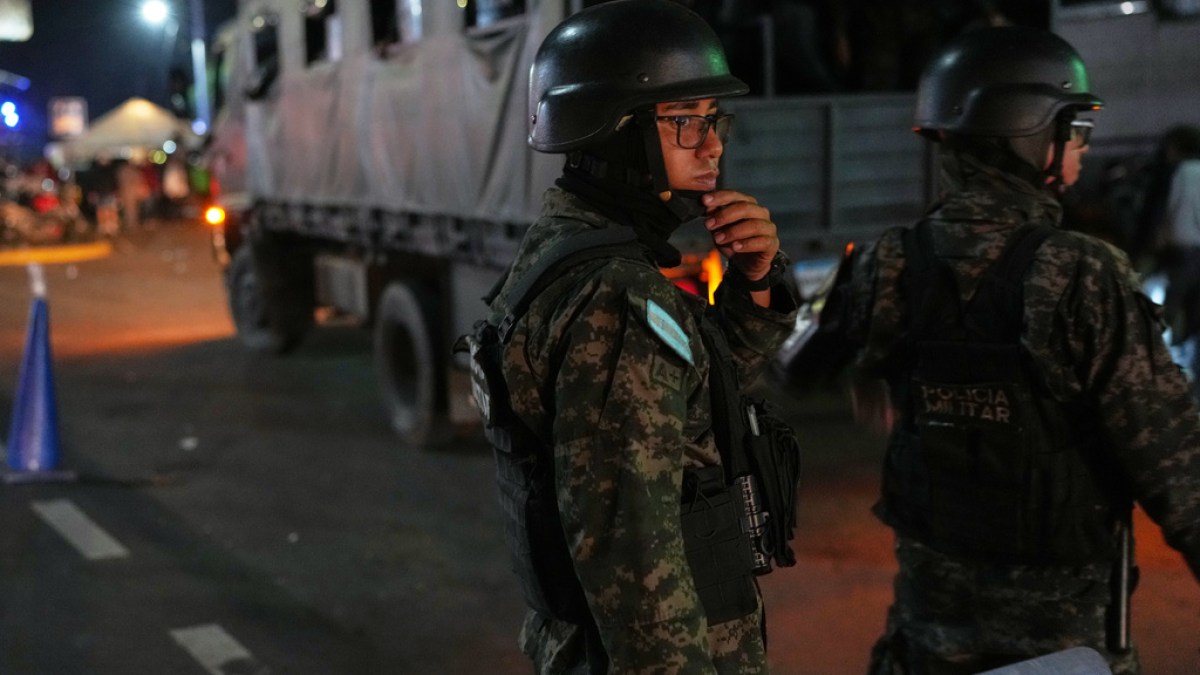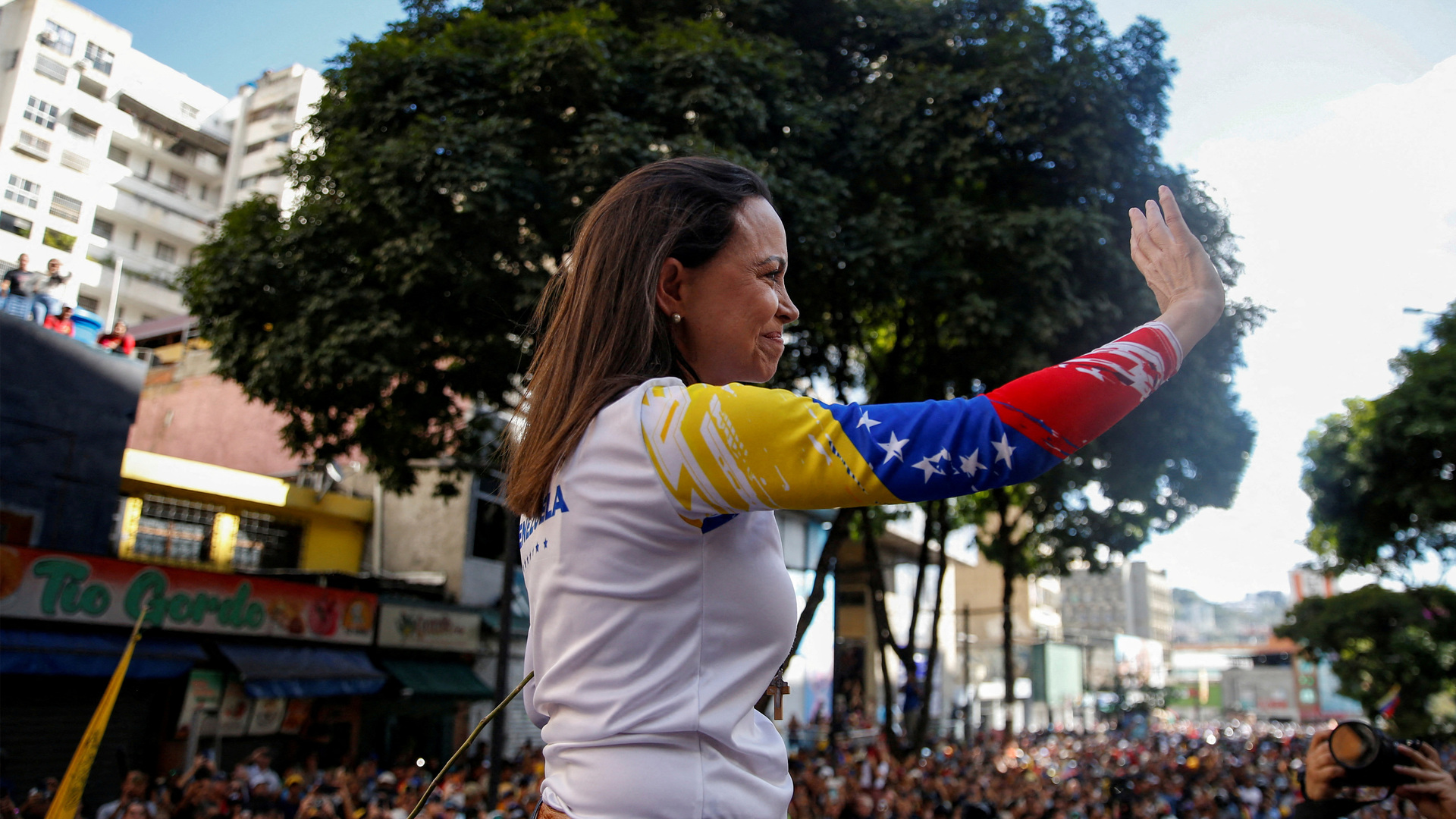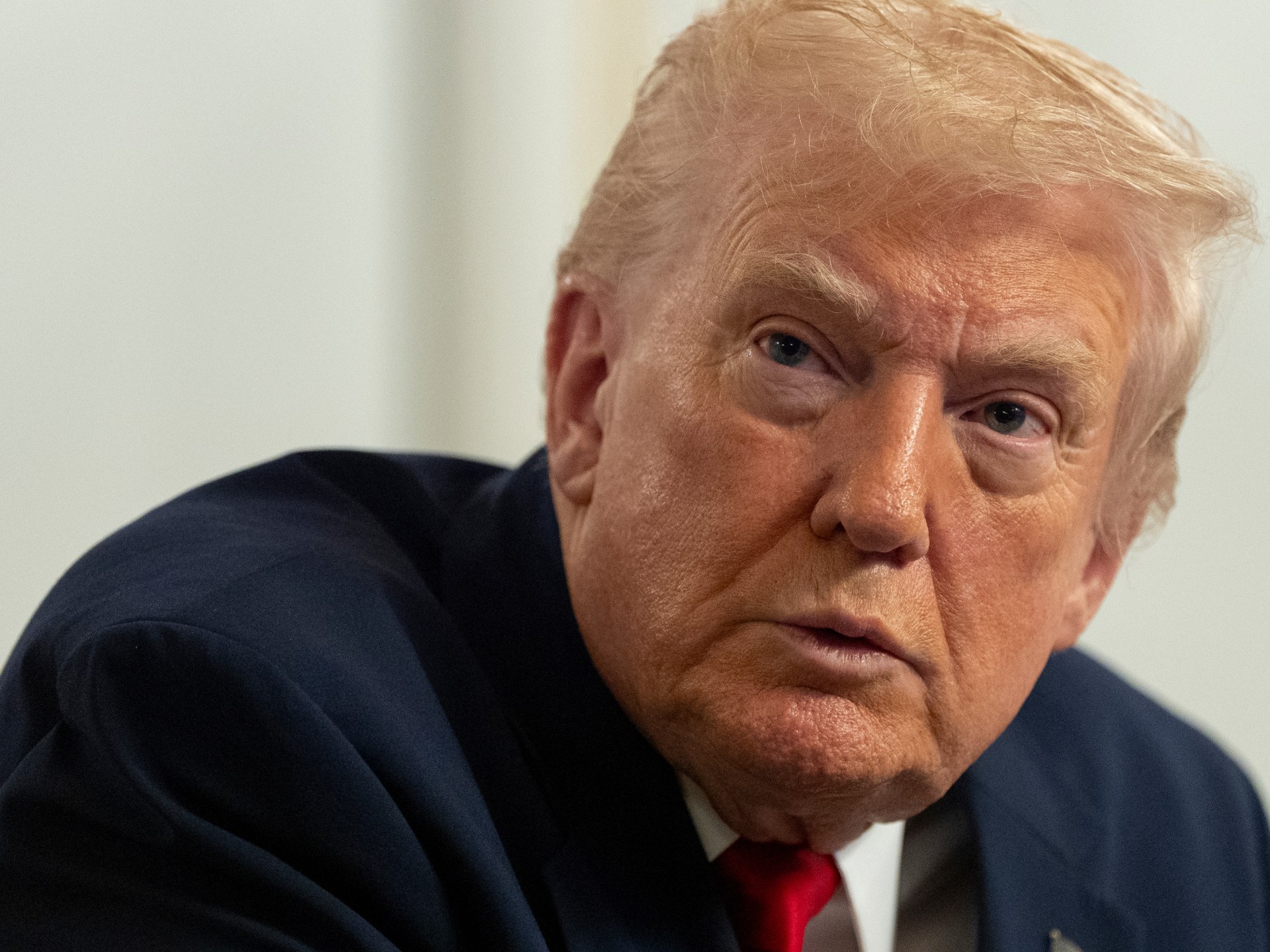United States Congressman Randy Fine, an ally of President Donald Trump, has suggested that the Palestinian people should be destroyed, boasting that he is not afraid to be called Islamophobic.
During a congressional hearing on Tuesday, Fine – who has a long history of Islamophobic and anti-Palestinian statements – cited the myth that Israelis are banned from going to some areas in the occupied West Bank due to “apartheid” imposed against Israeli settlers.
Recommended Stories
list of 3 itemsend of list
In reality, the Israeli military, which controls the Palestinian territory, has signs warning settlers against entering Palestinian towns for safety concerns.
But settlers, often armed and protected by Israeli forces, regularly storm and ransack Palestinian villages. At least two US citizens have been killed in settler attacks this year.
“When you are dealing with a group of people who continually call for the destruction of the State of Israel, who are OK with signs that say, ‘Jews may not enter these areas’, we want to be free of Jews, how do you make peace with that?” Fine asked Morton Klein, president of the Zionist Organization of America, during the hearing.
“How do you create a long-term solution with that? Or is there another way that we have to go?”
Klein – who previously used the slur “filthy Arab” and called for profiling Muslims in the US – said Islam needs to undergo a “reformation” and accept “Israel as a Jewish state”.
“Nobody wants to talk about it. They’re afraid of being called Islamophobic,” Klein said.
Fine interrupted, saying, “I’m not afraid of that.”
The Republican US congressman, who represents a district in the state of Florida, then doubled down on his volatile rhetoric.
“I don’t know how you make peace with those who seek your destruction. I think you destroy them first,” he said.
A United Nations convention defines genocide as “acts committed with intent to destroy, in whole or in part, a national, ethnic, racial, or religious group, including killing, causing harm, preventing births, forcibly transferring children, and imposing life conditions to cause destruction”.
Israel’s genocidal war on Gaza, which has killed nearly 70,400 Palestinians and turned nearly the entire territory into rubble, aimed to destroy the Palestinian people, leading rights groups and UN investigators have said.
Abed Ayoub, executive director at the American-Arab Anti-Discrimination Committee (ADC), slammed Fine, calling him “the Temu version of Benjamin Netanyahu,” referring to the discount online retailer and the Israeli prime minister.
“He’s hated by Republicans and Democrats for his policy of Israel first, Israel second, Israel third — Americans nowhere. He’s basically a foreign spokesperson at this point, and not even a good one,” Ayoub told Al Jazeera.
“His unhinged, genocidal rhetoric shows his desperation as he tries to appease his bosses back in Tel Aviv.”
This isn’t the first time that Fine – who was elected to Congress earlier this year with the endorsements of Trump and the American Israel Public Affairs Committee (AIPAC) – has made inflammatory statements about Palestinians.
In 2021, Fine commented on a social post with a photo of a dead Palestinian child asking him how he sleeps at night with: “Quite well, actually! Thanks for the pic!”
Earlier this year, he wrote “starve away” in response to a report about the deadly hunger in Gaza due to the Israeli blockade.
Last year, Fine lauded the killing of Aysenur Ezgi Eygi, a US activist who was fatally shot by the Israeli military in the occupied West Bank.
“Throw rocks, get shot. One less #MuslimTerror ist. #FireAway,” Fine wrote in a social media post.
He has also previously argued that fear of Muslims is warranted. “While many Muslims are not terrorists, they are the radicals, not the mainstream,” he wrote in a post on X in 2023. “Now is the time to speak truth, not bathe in political correctness that will kill us.”
Despite such comments, Fine – who refers to himself as the Hebrew Hammer – has been a regular guest on some mainstream media outlets, including CNN.
Hatem Abudayyeh, national chair of the US Palestinian Community Network (USPCN), called out Republicans in Congress and Trump for failing to denounce Fine.
“It’s one thing to read disgusting, racist, anti-Palestinian, anti-Black, and xenophobic vile on social media 24-7, but we’re not supposed to hear it from actual elected officials in this country,” Abudayyeh told Al Jazeera.





